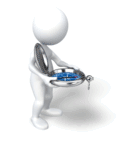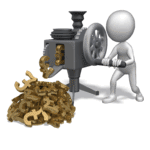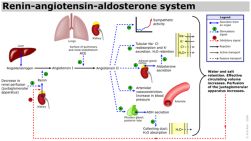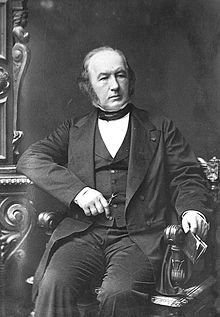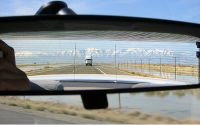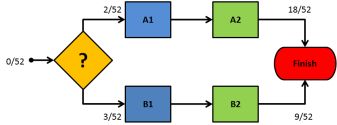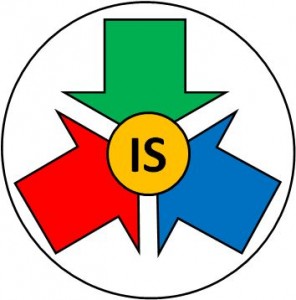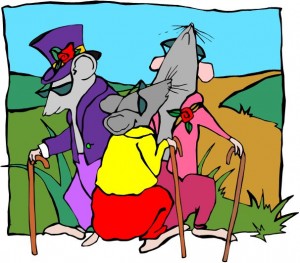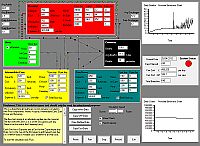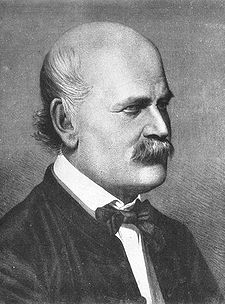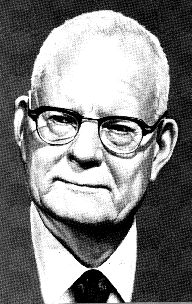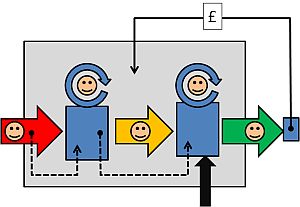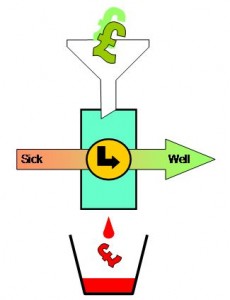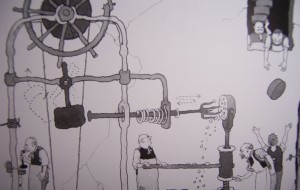 One that causes much confusion and debate in the world of Improvement is the word standard – because it has so many different yet inter-related meanings.
One that causes much confusion and debate in the world of Improvement is the word standard – because it has so many different yet inter-related meanings.
It is an ambiguous word and a multi-facetted concept.
For example, standard method can be the normal way of doing something (as in a standard operating procedure or SOP); standard can be the expected outcome of doing something; standard can mean the minimum acceptable quality of the output (as in a safety standard); standard can mean an aspirational performance target; standard can mean an absolute reference or yardstick (as in the standard kilogram); standard can mean average; and so on. It is an ambiguous word.
So, it is no surprise that we get confused. And when we feel confused we get scared and we try to relieve our fear by asking questions; which doesn’t help because we don’t get clear answers. We start to discuss, and debate and argue and all this takes effort, time and inevitably money. And the fog of confusion does not lift. If anything it gets denser. And the reason? Standard Ambiguity.
One contributory factor is the perennial confusion between purpose and process. Purpose is the Why. Process is the How. The concept of Standard applied to the Purpose will include the outcomes: the minimum acceptable (safety standard), the expected (the specification standard) and the actual (the de facto standard). The concept of Standard applied to the Process would include the standard operating procedures and the reference standards for accurate process measurement (e.g. a gold standard).
 To illustrate the problems that result from confusing purpose standards with process standards we need look no further than education.
To illustrate the problems that result from confusing purpose standards with process standards we need look no further than education.
Q: What is the purpose of a school? Why does a school exist:
A:To deliver people who have achieved their highest educational potential perhaps.
Q: What is the purpose of an exam board? Why does an exam board exist?
A: To deliver a common educational reference standard and to have a reliable method for comparing individual pupils against that reference standard perhaps.
So, where does the idea of “Being the school that achieved the highest percentage of top grades?” fit with these two purpose standards? Where does the school league table concept fit? It is not obvious to see immediately. But, you might say, we do want to improve the educational capability of our population because that is a national and global asset in an increasingly complex, rapidly changing, high technology world. Surely a league table will drive up the quality of education? But it doesn’t seem to be turning out that way. What is getting in the way?
What might be getting in the way is how we often conflate collaboration with competition.
It seems that many believe we can only have either collaboration or competition. Either-Or thinking is a trap for the unwary and whenever these words are uttered a small alarm bell should ring. Are collaboration and competition mutually exclusive? Or are we just making this assumption to simplify the problem? PS. We do that a lot.
Suppose the exam boards were both competing and collaborating with each other. Suppose they collaborated to set and to maintain a stable and trusted reference standard; and suppose that they competed to provide the highest quality service to the schools – in terms of setting and marking exams. What would happen?
Firstly, an exam board that stepped out of line in terms of these standards would lose its authority to set and mark exams – it would cut its own commercial throat. Secondly, the quality of the examination process would go up because those who invest in doing that will attract more of the market share.
What about the schools – what if they both collaborated and competed too? What if they collaborated to set and maintain a stable and trusted reference standard of conduct and competency of their teachers – and what if they competed to improve the quality of their educational process. The best schools would attract the most pupils.
What can happen if we combine competition and collaboration is that the sum becomes greater than the parts.
A similar situation exists in healthcare. Some hospitals are talking about competing to be the safest hospitals and collaborating to improve quality. It sounds plausible but it is rational?
 Safety is an absolute standard – it is the common minimum acceptable quality. No hospital should fail on safety so this is not a suitable subject for competition. All hospitals could collaborate to set and to maintain safety – helping each other by sharing data, information, knowledge, understanding and wisdom. And with that Foundation of Trust they can then compete on quality – using their natural competitive spirit to pull them ever higher. Better quality of service, better quality of delivery and better quality of performance – including financial. Win-win-win. And when the quality of everything improves through collaborative and competitive upwards pull, then the achievable level of minimum acceptable quality increases. This means that the Safety Standard can improve too. Everyone wins.
Safety is an absolute standard – it is the common minimum acceptable quality. No hospital should fail on safety so this is not a suitable subject for competition. All hospitals could collaborate to set and to maintain safety – helping each other by sharing data, information, knowledge, understanding and wisdom. And with that Foundation of Trust they can then compete on quality – using their natural competitive spirit to pull them ever higher. Better quality of service, better quality of delivery and better quality of performance – including financial. Win-win-win. And when the quality of everything improves through collaborative and competitive upwards pull, then the achievable level of minimum acceptable quality increases. This means that the Safety Standard can improve too. Everyone wins.

 The One Big Whack can come at the start and is a shock tactic designed to generate an emotional flip – a Road to Damascus moment – one that people remember very clearly. This is the stuff that newspapers fall over themselves to find – the Big Front Page Story – because it is emotive so it sells newspapers. The One Big Whack can also come later – as an act of desperation by those in power who originally broadcast The Big Idea and who are disappointed and frustrated by lack of measurable improvement as the time ticks by and the money is consumed.
The One Big Whack can come at the start and is a shock tactic designed to generate an emotional flip – a Road to Damascus moment – one that people remember very clearly. This is the stuff that newspapers fall over themselves to find – the Big Front Page Story – because it is emotive so it sells newspapers. The One Big Whack can also come later – as an act of desperation by those in power who originally broadcast The Big Idea and who are disappointed and frustrated by lack of measurable improvement as the time ticks by and the money is consumed.